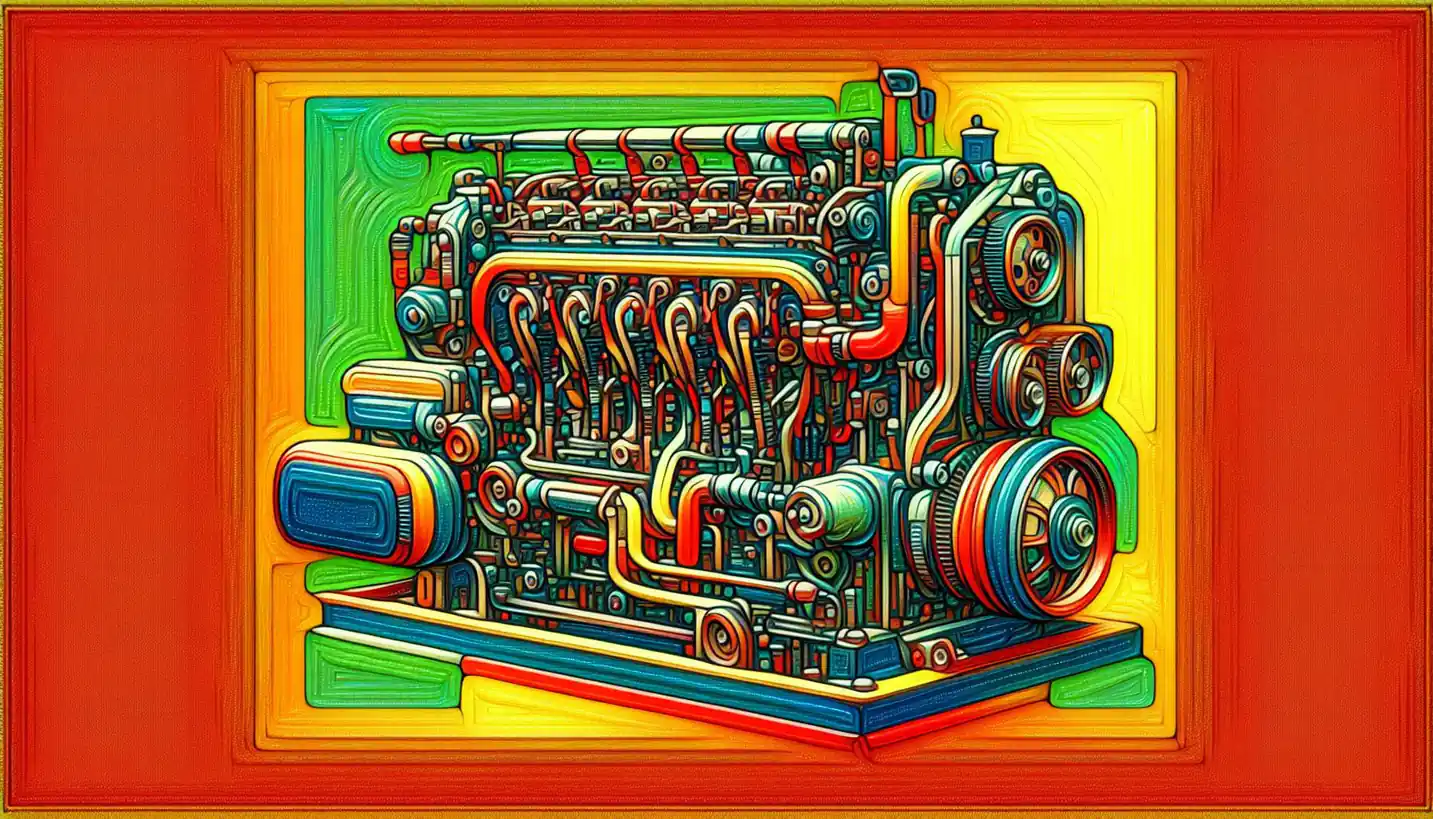· Engineering · 4 min read
Nanocomposites: Tiny Marvels Reshaping Engineering
Nanocomposites are marvels of engineering innovation. See how these tiny combinations create impressive, new materials.

Picture the building blocks of our world. Now, imagine shrinking them down to a scale so tiny that you can’t even see them with a regular microscope. That’s where nanocomposites come into play—a fascinating frontier in nanoengineering.
Nanocomposites are like the supercharged versions of everyday materials. Think of a kitchen recipe: you take regular ingredients and add a pinch of something special, transforming the dish into a gourmet treat. In the realm of materials, nanocomposites combine tiny particles with traditional materials, resulting in new properties and enhanced performance.
What Are Nanocomposites?
At its core, a nanocomposite is a material made by mixing nanoparticles with a matrix material. Nanoparticles are structures that range from 1 to 100 nanometers in size—a nanometer being one-billionth of a meter. These can include metals, ceramics, or polymers. The matrix, on the other hand, is usually a bulk substance that could be plastic, metal, or even glass. By embedding nanoparticles into this matrix, the resulting material gains new characteristics.
One could liken this process to adding chocolate chips to cookie dough. The chips represent the nanoparticles, and the dough is the matrix. On their own, the chips and dough are tasty, but together, they create something even better. Similarly, these nanoparticles impart desirable properties upon the base material.
Enhanced Properties and Applications
But why go through all this trouble? Well, nanocomposites can exhibit properties not possible in conventional materials. They might become stronger, lighter, or more resistant to heat and corrosion. This means that products from aircraft to sports gear can see incredible improvements in performance and durability.
Strength and Durability
For instance, let’s consider carbon nanotubes. These are tiny cylindrical structures made out of carbon atoms. When added to polymers, they dramatically enhance the material’s strength without increasing its weight. Imagine creating a bicycle frame that’s just as strong as steel, yet so light you can carry it with one hand. Such innovations are not just dreams anymore thanks to nanocomposites.
Thermal and Electrical Conductivity
In electronics, nanocomposites can revolutionize how heat is managed in devices. By enhancing thermal conductivity, they prevent overheating, thus increasing a device’s lifespan and efficiency. In solar panels, incorporating nanoparticles that improve electrical conductivity can lead to more efficient energy conversion from sunlight.
Real-World Use and Impact
Nanocomposites have already made impressive strides in various fields, from medicine to environmental technology.
Medicine and Healthcare
In the medical world, nanocomposites allow for better drug delivery systems. Imagine tiny vehicles capable of targeting specific cells in the body, releasing medication exactly where it’s needed, reducing side effects, and improving efficacy. They’re also used in dental materials, making fillings more durable and long-lasting.
Environmental Solutions
When it comes to fighting pollution, nanocomposites provide tools for cleaning up oil spills more effectively or filtering impurities out of water. These materials can act like smart sponges, absorbing harmful substances while leaving clean water behind.
The Revolutionary Goals of Nanoengineering
The field of nanoengineering is driven by the idea of using materials to fundamentally change how we approach engineering problems. With the ability to tweak materials at an atomic level, the possibilities seem almost limitless. By focusing on these small components, we can make a big difference.
Future Insights
So, where does this leave us looking toward the future? Researchers are constantly on the quest to discover new combinations of nanoparticles and matrices, aiming to unlock materials with even more astounding properties. Imagine buildings made from materials that self-repair, cars that are rust-resistant and super efficient, or medical devices that can communicate directly with our biological systems.
However, challenges remain. Manufacturing techniques for nanocomposites need to be efficient and cost-effective. There are also questions about the environmental impact and safety of nanoparticles, as they are still a relatively new technology. Researchers are committed to tackling these issues, ensuring that the benefits of nanocomposites can be realized safely and sustainably.
The Bigger Picture
In a world that constantly demands better, faster, and more sustainable solutions, nanocomposites are a remarkable tool in the engineer’s kit. They represent a merging of disciplines—a meeting point of chemistry, physics, and engineering—that holds the promise of innovation.
In the end, the story of nanocomposites is about more than just tiny particles. It’s about a big leap forward in how we can reshape the future, piece by atomic piece. By continuing to explore and understand these materials, we pave the way for a new era of technological advancement. And who wouldn’t want to be part of this exciting journey?


